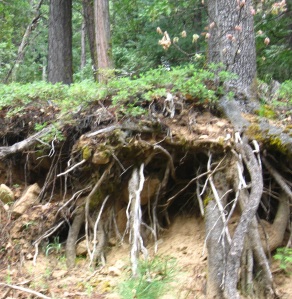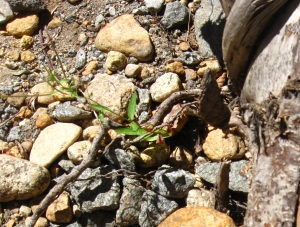 This is mostly a picspam of what I think of when I think about what we as humans can experience and allow future generations to experience by taking better care of “the environment.” I wrote a post a few months ago linking to a website with a really brilliant series on the potential our indoor environments can hold and I just felt like doing a random inspirational post about the wilderness that is still here for us to enjoy.
This is mostly a picspam of what I think of when I think about what we as humans can experience and allow future generations to experience by taking better care of “the environment.” I wrote a post a few months ago linking to a website with a really brilliant series on the potential our indoor environments can hold and I just felt like doing a random inspirational post about the wilderness that is still here for us to enjoy.
There are so many awesome and beautiful places on this planet and so many places that can be restored or made even better.
Did you notice the obvious human influence and management in several of the photos? We humans do not automatically spoil nature by our presence. We are not some inevitably corrosive and damaging blight on the beauty of this world.
There ARE many areas we have messed up, and Chernobyl is one of them. This is an interesting documentary I watched some time ago – it seems to be a bit staged in parts, but overall it is a fascinating look at what happens when we abandon an area and how resilient and quick nature is to rebuild.
youtube.com/watch?v=ud33w26qsWQ
Especially notice the types of plastic and biodegradable items left behind. Then watch how greenery is taking over and everything is becoming lush and more and more wild looking.
Please remember that we as humans do not have to despise ourselves. We can not only live in harmony with nature’s cycles, but we can improve and beautify what we touch, as well.
Y Girl











